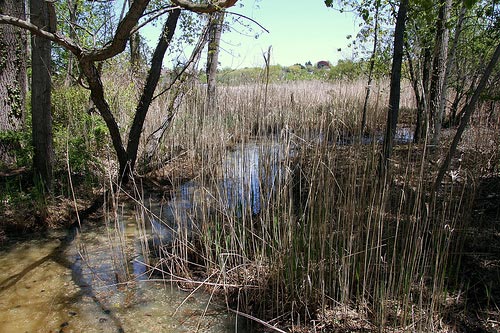 An Environmental Feasibility Study (FS) uses information gathered and analyzed during the Remedial Investigation phase to design and then evaluate potential remediation alternatives for listed Superfund sites. The goal is to find the most effective option, preferably one that permanently eliminates or reduces contamination.
An Environmental Feasibility Study (FS) uses information gathered and analyzed during the Remedial Investigation phase to design and then evaluate potential remediation alternatives for listed Superfund sites. The goal is to find the most effective option, preferably one that permanently eliminates or reduces contamination.
New York State Department of Environmental Conservation (NYSDEC) staff and interested stakeholders parties work together whenever possible. If you’re a site owner, you must be an active participant in this decision-making process because the eventual corrective plan will affect you directly, especially when it comes to site operations and remedial costs.
The environmental feasibility study considers both human and environmental health factors.
The FS is a comparative process that looks at all potential solutions and then evaluates them against specific criteria to ultimately find the best choice.
The process follows these officially-mandated steps:
- Establish Remedial Action Objectives (RAOs).
- Develop General Response Actions (GRAs) to meet the objectives.
- Identify and evaluate potential remedial technologies based on GRAs. Sometimes, this requires collecting additional field data or testing potential alternatives to determine the usefulness of a particular site.
- Develop a range of viable alternatives that meet the objectives, including:
- Treatment to address principal threats.
- Engineering controls.
- Institutional controls.
- Limited action.
- A “no action” option to assess other alternatives against.
- Eliminate alternatives less likely to produce desired results.
- Further analyze remaining alternatives to determine:
- Overall protection of public and environmental health.
- Effective reduction of hazardous waste toxicity, mobility and volume.
- Long-term and short-term effectiveness.
- Potential consequences of the remediation process itself.
- Implementation and technical reliability.
- Statutory compliance.
- Public opinion.
- Cost.
By analyzing all these factors, officials, scientists, and responsible parties can identify the alternative that is most likely to provide a comprehensive remedial solution. Based on this decision, the NYSDEC creates a Proposed Remedial Action Plan and offers it as a recommendation for public comment.
For more information about Walden’s environmental consulting services, click here or call us today at 516-624-7200.
Photo Credit: Gailf548
